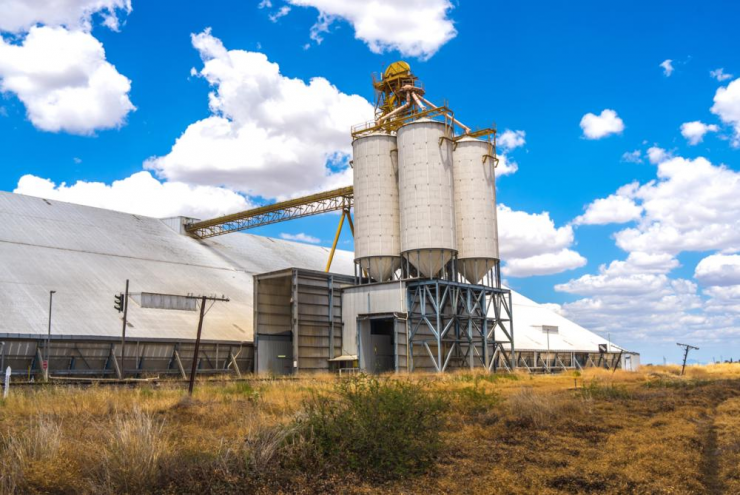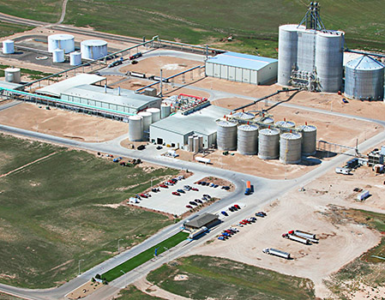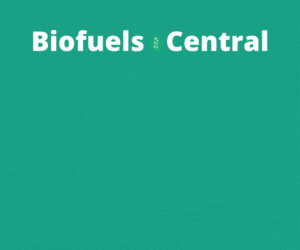USDA – Australia biofuels annual report.
Australia is almost entirely reliant on imported fuels, but despite this and ample feedstock supply, bioethanol and biodiesel consumption and production remain very low. In fact, Australia is a significant supplier of feedstock to the rest of the world for biofuel production. Australia’s national average blend rate for ethanol is among the very lowest and, after some initial progress, biodiesel use is near zero.
There have been no new bioethanol facilities built in the last 10 years and no change in production capacity. Ethanol consumption and production have even fallen moderately during this period. For biodiesel, the closure of multiple facilities in the early to mid-2010s and curtailment of imports forced a modest national average blend rate to collapse with consumption and production falling sharply.
Australia has very large feedstock (grains and molasses) supplies for bioethanol as well as robust supplies of feedstock (canola, tallow and used cooked oil [UCO]) for biodiesel production. However, only a very small amount of these are used for domestic biofuels production. Canola is not even used domestically for biodiesel, but there are large exports to the EU for biodiesel production there.
🔥 What about we co-host a webinar? Let's educate, captivate, and convert the biofuels economy!
Biofuels Central is the global go-to online magazine for the biofuel market, we can help you host impactful webinars that become a global reference on your topic and are an evergreen source of leads. Click here to request more details
Australia also ships tallow and UCO overseas which is used to make biodiesel and renewable diesel. Rather than produce and use more biodiesel at home, Australian feedstocks are shipped overseas to support foreign biofuel programs. This is partially as a result of no national-level Australian biofuels program with nationwide goals, and little program support in the states which have any.
Biofuels policy is driven by individual state governments, and there is no federal government subsidy, tax credit or mandate supporting the production or use of biofuels. Only two states have biofuel programs with ethanol and biodiesel mandates, but their goals are relatively modest and far from being reached.
New fuel standards set to be implemented in Australia from January 1, 2022, reducing the gasoline pool maximum aromatics content from 42 percent to 35 percent. If enforced, this could prompt a significant increase in fuel ethanol use.
Industry expects that, similarly to other parts of the world, ethanol will be the primary substitute for aromatics and Australia will need to approximately triple the current bioethanol use in gasoline blends. This could come from imports or increased domestic production.
COVID-19 and its impact on mobility (especially personal vehicle use) and the economy has led to a sharp decline in gasoline and fuel ethanol consumption in 2020.
There is forecast to be a partial recovery in the gasoline and diesel pools in 2021, despite lengthy COVID-19 related lockdowns in the second half of 2021 particularly in the two most populated states. However, with essentially no increase in bioethanol or biodiesel use forecast in 2021, a slight diminution of biofuel blend rates is anticipated.
READ the latest news shaping the biofuels market at Biofuels Central
Get access to the full report in the link below.
I. Executive Summary, December 17, 2021








